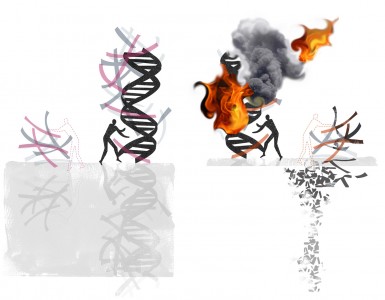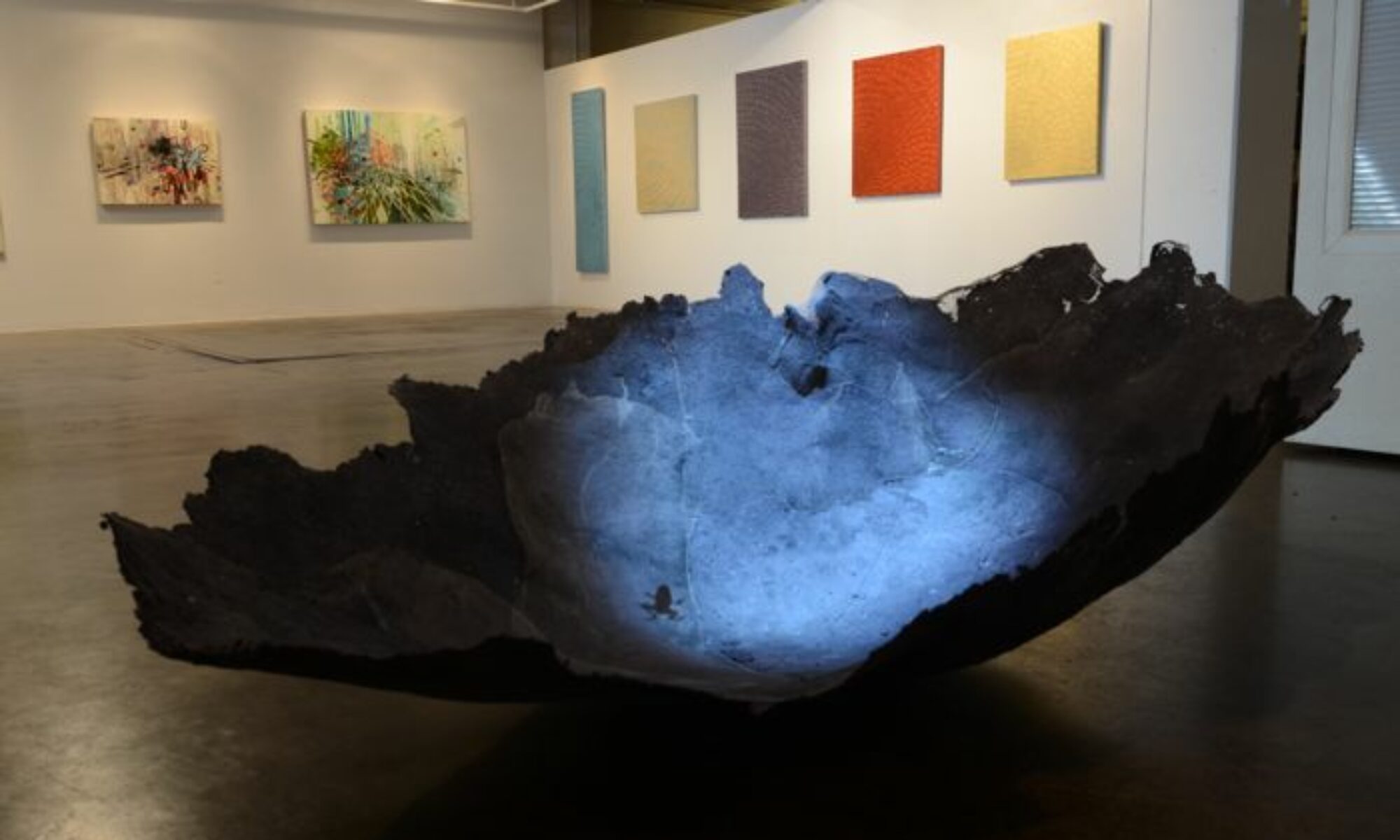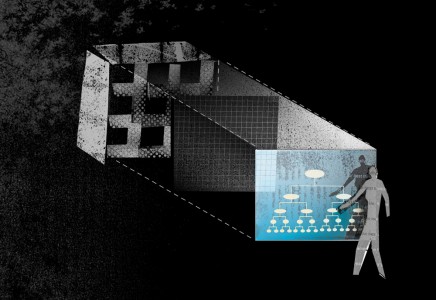A city’s story is constructed much like DNA. Each DNA strand is unique and contributes particular notions regarding identity-a person or a place. New York Times writer, Fernanda Santos raises the question, “How do you continue to tell a city’s story if the remnants of its past have all come down?” It is possible to tell a story if the remnants of a city’s past have been removed. The removal of buildings is a edited story. It takes both a short view and long view of design. What stays and what is removed tells a story of “what is valued” now. Both the old and new tell a story about the experience of place. What is new today will be the old one day. Phoenix is in the process of a story burn-but is it a controlled burn? Are its historical roots being supported with the right kind of new growth and conditions? Design is not just a drawing on paper. It occurs subtly on many levels. People who take a stance on social policy and the workings of foundations are in a sense architects and builders. 
Landscape Legacy
As long products and services have existed, advertising media has been a part of the landscape. Apothecary shops selling salves and tonics extended the imagery to the outside of buildings. Here in Denver, traces of painted advertisements are faded reminders marking brick buildings. The companies that survived may have understood truth in advertising and the power of building brand legacy. Landscape architects who work with brands, have a unique challenge of understanding the brand, while serving the legacy of the landscape. Today, advertising is no longer a static concept confined to a mark on a building. It’s strength lies in the thoughtfulness of its social agency and a careful approach to the landscape. The brand and landscape are like two distinctive people. What parts of a brand are true to a place?
Hyphenated-Design Experience
The idea of hyphenates is intriguing to me. Today, I was researching water catchment solutions for a Tucson garden and reading a food and wine article. Perhaps I was hungry; my mind wandered between design, landscape and food. When things overlap, there is change, and the resulting conditions create opportunities for design thinking. People are rarely one thing. Myself: illustrator-landscape architect, a title that I can easily hyphenate again and again. In my thesis, I researched theories from many fields and found interest in the space occupied by the hyphen itself. Even the ancient Incan technique referred to in Food and Wine Magazine article is a design idea with physical edges, terraces made to maximize water resources. Opportunities for design happens between at least two things.
http://www.foodandwine.com/articles/hollywood-canning-party-preservation-instinct

